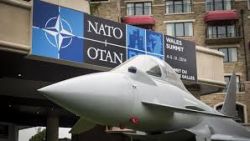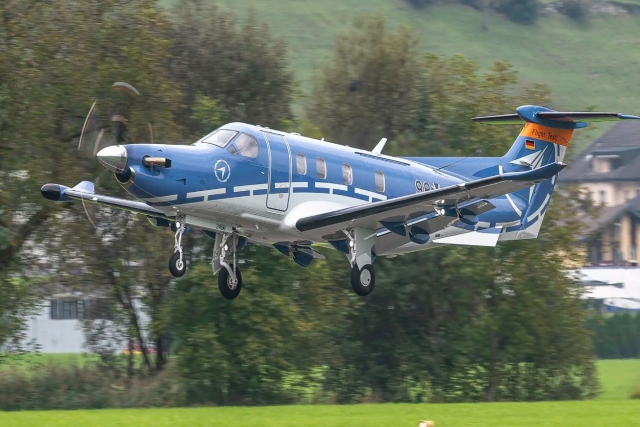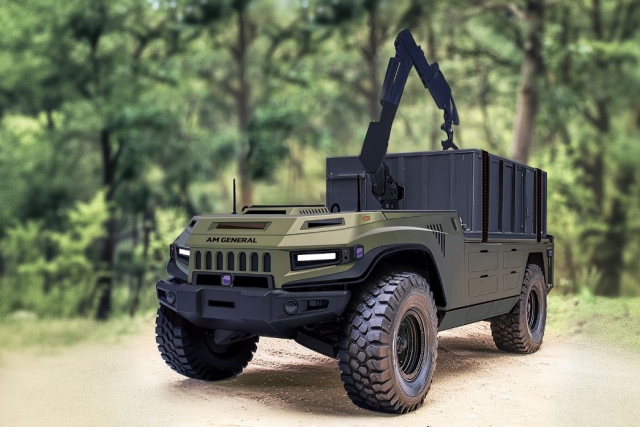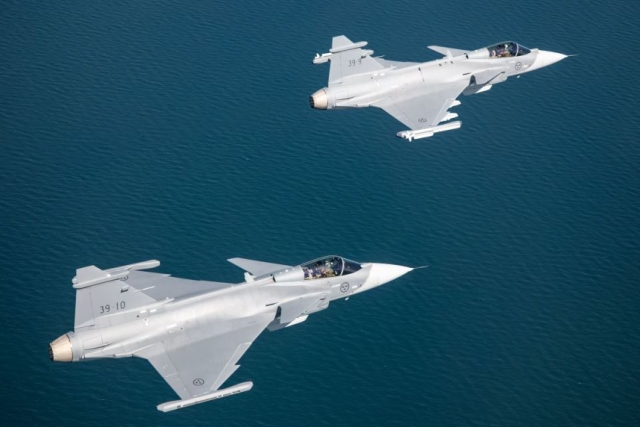DRAGON To Modernize NATO and USAF E-3 AWACS Fleets
The U.S. Air Force and NATO are undergoing a cooperative development effort -- known as the DRAGON program -- to upgrade the cockpits of their E-3 Sentry Airborne Warning and Control System aircraft.
DRAGON stands for Diminishing Manufacturing Sources Replacement of Avionics for Global Operations and Navigation. And just as its name suggests, finding parts for the aging AWACS fleets is a main concern for both the Air Force and NATO.
Easily identified by its 30-foot rotating radar dome, E-3 AWACS use on-board computers and radar to provide a detailed aerial picture of airspace covering more than 200,000 miles in all directions.
The flight deck modernization replaces most analog indicators with modern digital multicolor graphical displays. In addition, nearly all of the 1970s avionics are being replaced with updated airspace-compliant subsystems. This modernization also allows for elimination of the navigator, dropping the crew size from four to three, as well as adding a Mode-5 Identification Friend or Foe capability.
All aircraft infrastructure such as engines, airframe and mission systems will remain, but the upgraded E-3 flight deck will host a plethora of new technology currently used by the commercial airline industry.
Digital satellite-based communications; modern flight management system suite architecture; and a digital cockpit that includes five glass display screens will offer aircrews easy-to-use and customizable engine, navigation and situational awareness data.
Other new capabilities will include a weather radar that can predict wind shear, an Enhanced Ground Proximity Warning System, warnings, cautions and advisories via an Engine Instrument and Crew Alert System and a fully digital flight deck audio distribution system.
In addition to hard-to-find replacement parts, another reason for the AWACS upgrade is due to changing national and international regulations for civil airspace.
The International Civil Aviation Organizations has imposed new flight mandates that need to be met by 2018. With the flight deck modernization, both U.S. and NATO fleets will meet the mandates and will have broader access to airspace.
The Air Force and NATO are progressing together through risk reduction and engineering, manufacturing and development phases, but the organizations will have separate contracts for the production, deployment and operational stages.
Boeing, which holds the current EMD contract, installed one digital flight deck and avionics system onto the first NATO aircraft, N-1, and will also install another system into an Air Force test aircraft, D-1, in the coming months.
Ground testing for the NATO AWACS is slated for this month with an anticipated first test flight scheduled for November. The Air Force expects its 24 updated E-3s to be delivered by the fourth quarter of fiscal year 2025.










